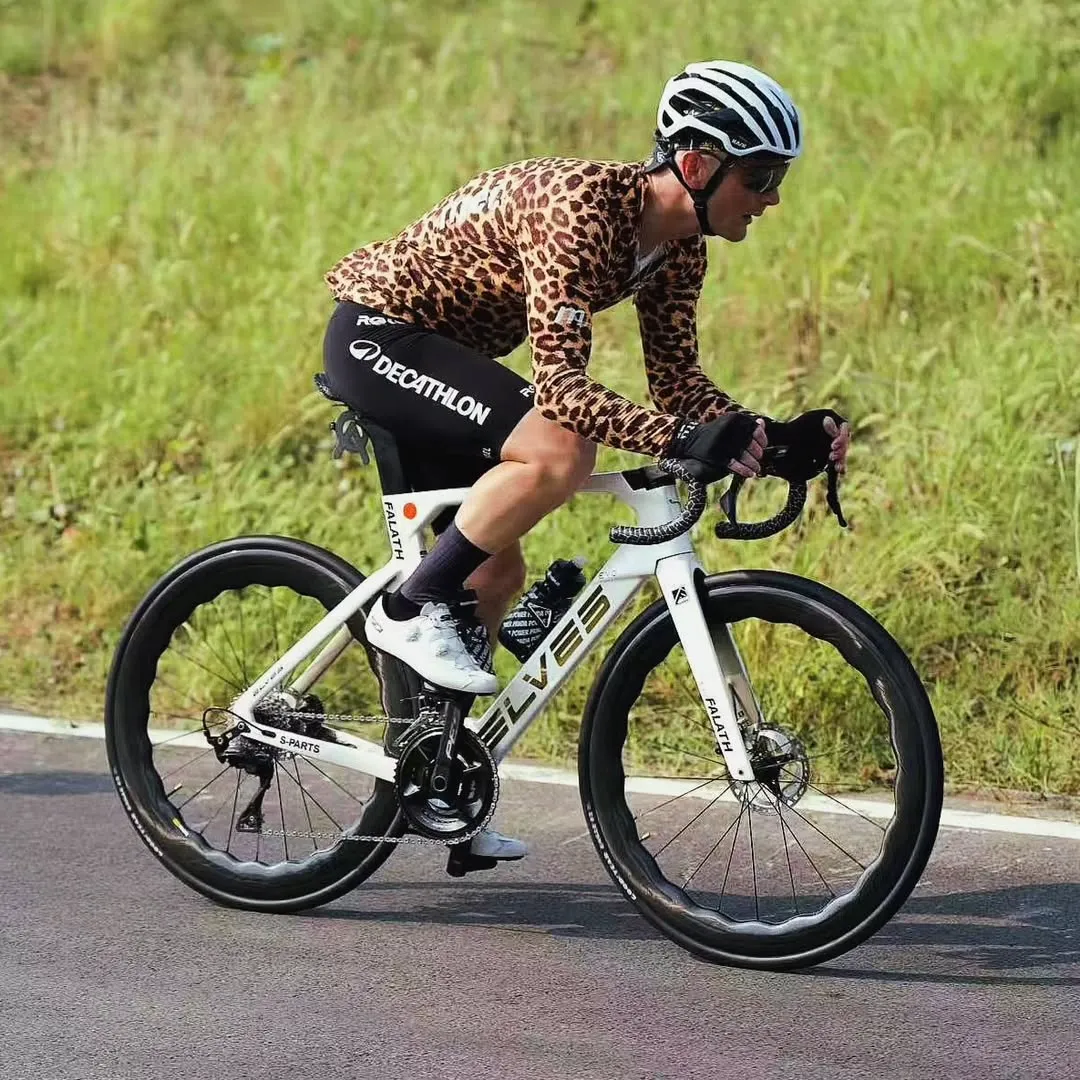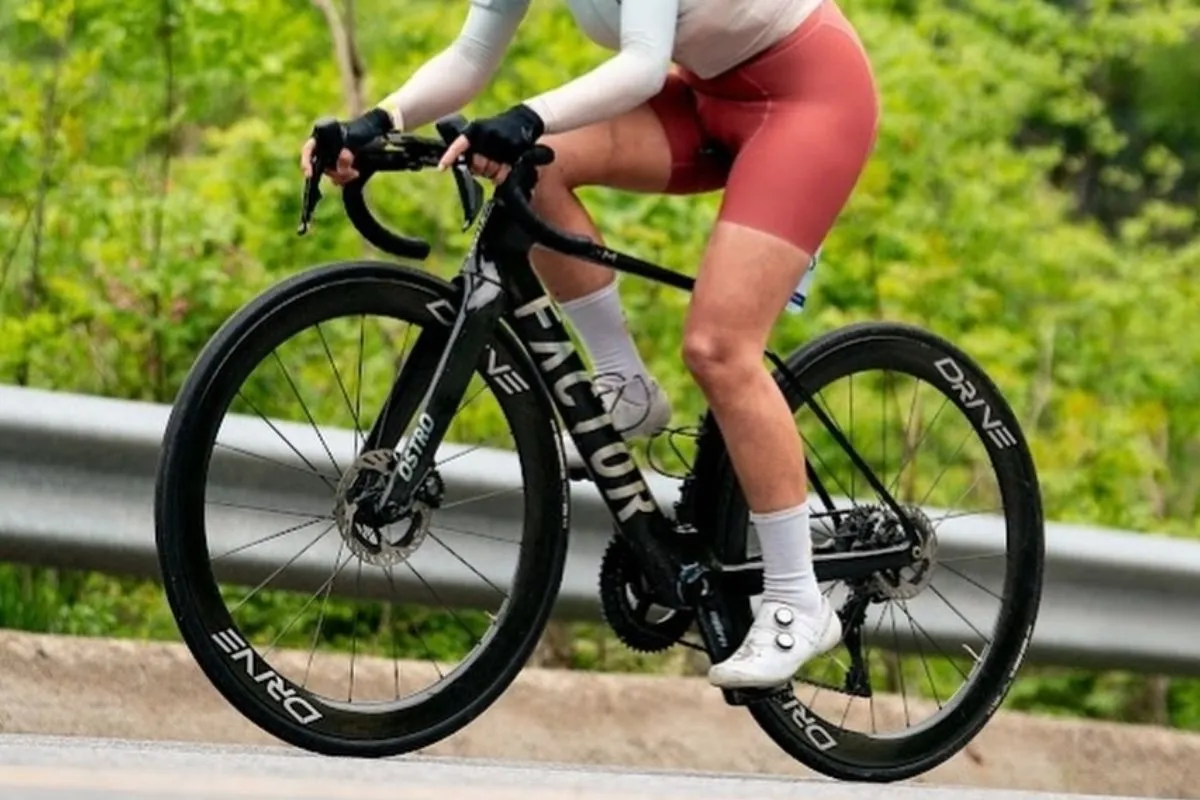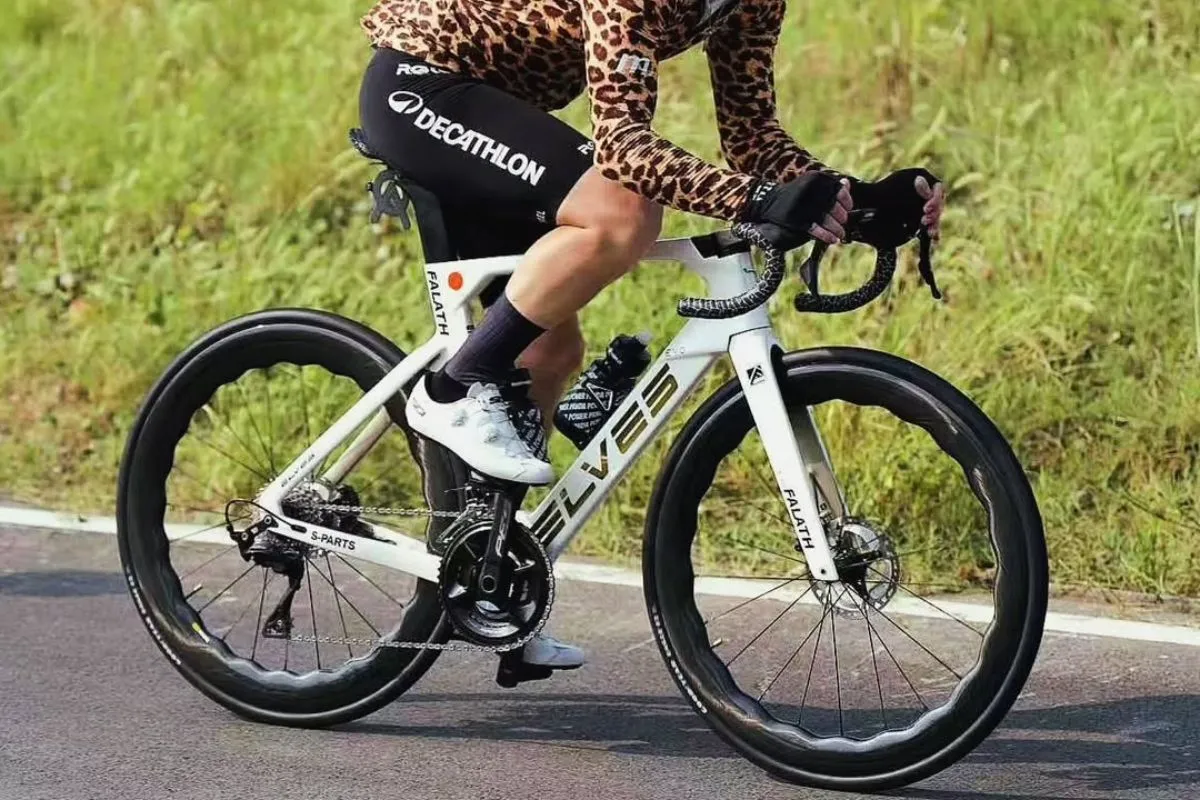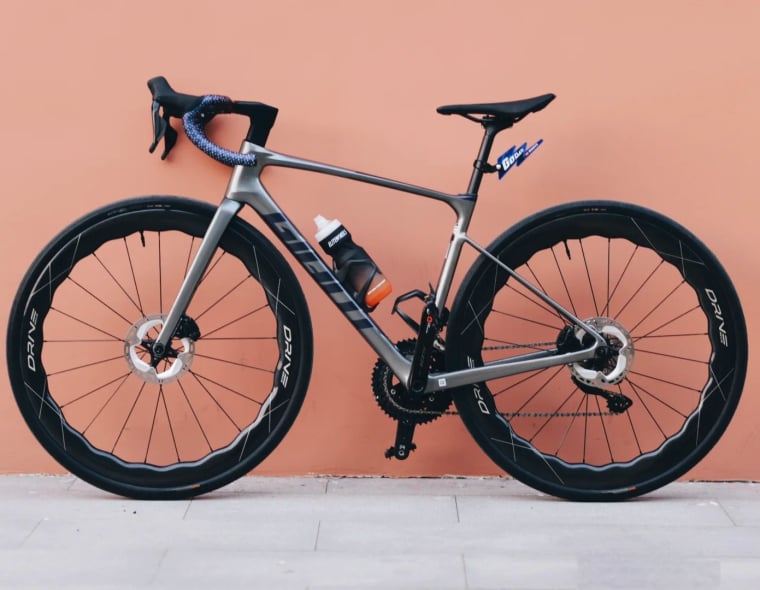
In the world of cycling, few things stir the soul quite like a steep climb. It’s where riders are tested, not just in strength but in strategy, patience, and determination. Whether you’re preparing for your first mountain gran fondo, dreaming of conquering an HC climb like Alpe d’Huez, or trying to drop your riding group on local hills, climbing is the ultimate proving ground.
But here’s the truth: climbing well doesn’t mean suffering more it means riding smarter. Let’s break down the five most essential strategies to help you conquer steep climbs and turn them into your personal playground.
Dial In Your Gearing and Equipment Setup
One of the most overlooked aspects of climbing performance is choosing the right gearing and component setup. Your legs can only output so much torque if you’re overgeared, you’re going to burn out too early. If you’re under-geared, you won’t get the responsiveness you need on flatter terrain. Striking the right balance is crucial.
Key Upgrades:
- Crankset: Opt for a compact (50/34T) or sub-compact (48/32T) crankset.
- Cassette: Pair your crank with an 11–32T or 11–34T cassette for ample climbing range.
Chainline and smooth shifting are critical under load, especially mid-climb.
Pacing, Cadence & Breathing: Ride in Control
Climbing success isn’t about brute force it’s about control. The best climbers know exactly how to manage their power output and cadence to avoid going into the red too early. Pacing on climbs isn’t just tactical it’s survival.
Cadence Wisdom:
Most riders perform best between 75–90 RPM on climbs. Below 70, you’re mashing and fatiguing fast-twitch muscles; above 95, you’re burning more cardiovascular fuel.
Use low-cadence strength sessions in training to improve your torque output.
How to Pace:
- Use a power meter or heart rate monitor to avoid surges early in the climb.
- On long ascents (10+ minutes), settle into tempo (85-90% FTP) or sweet spot (88-94% FTP) zones.
- Reserve anaerobic efforts for short steeps or attacks.
Breathing Technique:
- Deep, rhythmic diaphragmatic breathing keeps your heart rate lower and stabilizes energy output.
- Match breath cycles to pedal strokes: inhale for 2–3 strokes, exhale for 3–4. Focus calms nerves.
Climbing Technique & Body Positioning

There’s more to climbing than just seated spinning. How you position your body, balance weight, and handle the bike affects traction, efficiency, and comfort especially on gradients over 8%.
Seated Climbing:
- Sit slightly forward on the saddle to keep rear-wheel traction.
- Relax your upper body, keep elbows bent, and grip the hoods for control.
- Keep your head up and chest open looking too far down restricts breathing.
Standing Climbing:
- Use when cadence drops too low or gradient spikes (above 12%).
- Shift your weight forward and over the pedals, and rock the bike gently side to side.
- Keep efforts short and punchy standing is more demanding.
Watch Your Line:
- On narrow switchbacks, cut wide early then hug the apex.
- Avoid loose gravel or slick road paint while out of the saddle.
Training Smarter: Building Strength for the Mountains
You can’t fake climbing fitness. It’s built with a combination of long endurance, short power, and muscular strength. And no, you don’t need mountains to become a better climber you need structure.
Essential Workouts for Climbers:
Hill Repeats
- Find a 5–8% gradient and do 5–8 repeats at threshold power (95–105% FTP) for 4–6 minutes.
- Descend and recover fully between reps.
Low-Cadence Torque Intervals
- Ride at 60 RPM in a big gear at Zone 3–4 power.
- Focus on seated form this mimics real climbing demands.
Sweet Spot Over-Unders
- Ride 3x12min intervals at 88–94% FTP with bursts every 3 minutes.
- Builds sustainable climbing endurance and simulates race surges.
Core Strength and Stability Work
- Planks, side planks, and hip mobility drills help you stay solid in the saddle.
- Add resistance squats, lunges, and step-ups for off-season strength.
Trainer Tip:
Apps like TrainerRoad, Wahoo SYSTM, or Zwift offer structured climbing plans even if you live in flat areas.
Mental Fortitude: Winning the Inner Climb
Perhaps the hardest climb isn’t outside it’s inside your head. When the gradient kicks up, it’s natural to doubt yourself. But seasoned climbers develop mental strategies to stay calm, composed, and committed.
Pro Mental Techniques:
Chunking
Break the climb into mini-goals next tree, next bend, next 500 meters. This keeps your mind occupied and reduces overwhelm.
Mantras
Repeat short, affirming phrases like:
- “I am strong, steady, and smooth.”
- “One pedal stroke at a time.”
- “Stay light, ride right.”
Visualization
Before the ride, close your eyes and visualize yourself climbing successfully. Picture your cadence, breath, and body language. Olympic athletes use this method for a reason it works.
Embrace the Suffer Zone
Steep climbs will always hurt. Accept it. Then move beyond it. The more you ride into discomfort, the more familiar and conquerable it becomes.
Bonus: Nutrition & Weight Management for Climbers

Fueling:
- Eat a balanced breakfast with slow carbs and protein before climbing rides.
- Take in 30–60g of carbs per hour (gels, drink mix, bars) for rides over 90 minutes.
- Hydrate early and oftendehydration affects power and decision-making.
Body Weight:
- Climbing favors a lower power-to-weight ratio (W/kg).
- That said, don’t sacrifice health for weight. Strong legs and lungs beat a fragile physique every time.
The Role of Wheels in Climbing Performance
Climbing isn’t just a test of fitness it’s also a test of equipment. Among all the components on a bike, wheel choice plays one of the most critical roles in determining climbing performance. The right wheelset can transform how a rider feels on steep gradients, making each ascent more efficient, stable, and controlled. Several key factors come into play, including rotational weight, stiffness, aerodynamics, tire setup, hub responsiveness, and carbon layup construction.
At the core of climbing efficiency is low rotational weight. Lighter rims reduce the energy required to spin the wheels uphill, helping riders conserve power and maintain cadence. But true performance goes beyond just cutting grams. Wheelsets like the Elitewheels Drive 36D II and Drive Helix 46D CS are engineered with advanced UNI carbon layup technology a precise manufacturing process in which continuous carbon fibers are laid in a unidirectional pattern. This eliminates unnecessary overlaps, minimizes resin use, and ensures optimal fiber alignment, resulting in rims that achieve an exceptional stiffness-to-weight ratio. With less flex and greater efficiency, every pedal stroke is effectively converted into forward momentum.
While weight and stiffness are foundational, aerodynamics also play a meaningful role, especially on extended climbs or exposed ridgelines. The mid-depth profile of the Helix 46D CS delivers reduced drag without compromising weight, making it ideal for hilly terrain and variable conditions.
Equally important is the tire system. Modern tubeless setups allow riders to run lower pressures, significantly improving grip and ride comfort. This becomes particularly advantageous on technical climbs, rough pavement, or gravel sections. Wider internal rim widths standard in many Elitewheels models support higher-volume tires, which reduce rolling resistance over imperfect surfaces while enhancing traction and control.
Further supporting climbing performance is hub engagement. Quick-engagement hubs are critical on steep ramps and tight switchbacks, where rapid response to power input is necessary. Elitewheels hubs feature precision-engineered internals that deliver immediate engagement, giving riders better control when climbing out of the saddle or negotiating varied gradients.
And of course, what goes up must come down. On long descents, heat resistance and braking performance become crucial. Elitewheels rims are constructed with high-temperature resin systems and reinforced braking surfaces (in rim brake models), while disc-specific designs ensure thermal stability and fade-free braking under prolonged load.
Bringing these technologies together anchored by UNI carbon layup innovation Elitewheels delivers a complete climbing solution: lightweight, responsive, and built for the demands of real-world ascents.
Real Cyclist Testimonial
“Before I upgraded to the Elitewheels Drive Helix 46D CS, I used to dread long climbs. The lighter weight and aerodynamic feel transformed the way I ride uphill. But the biggest shift was mental—I stopped fearing the gradient and started embracing the grind.”
— Kenji M., Japan, Gran Fondo Rider
Elitewheels Tech Advantage
Riders using the Elitewheels Drive 36D II or Drive Helix 46D CS benefit from ultralight carbon rim profiles, engineered for maximum stiffness and minimal rotating mass. These wheels maintain momentum with less effort, improving climbing speed while helping to reduce fatigue on long ascents.
Wheel Tip for Climbers
For optimal climbing performance, consider running a tubeless setup at lower pressures. This enhances grip, improves comfort, and reduces rolling resistance especially beneficial when tackling long mountain passes or technical gravel gradients.
Every Climb Is a Lesson
Each steep climb is an opportunity: to test your patience, refine your pacing, sharpen your technique, and grow your mental strength. With the right approach, gearing, training, and mindset, no climb is too steep and no summit too far.




